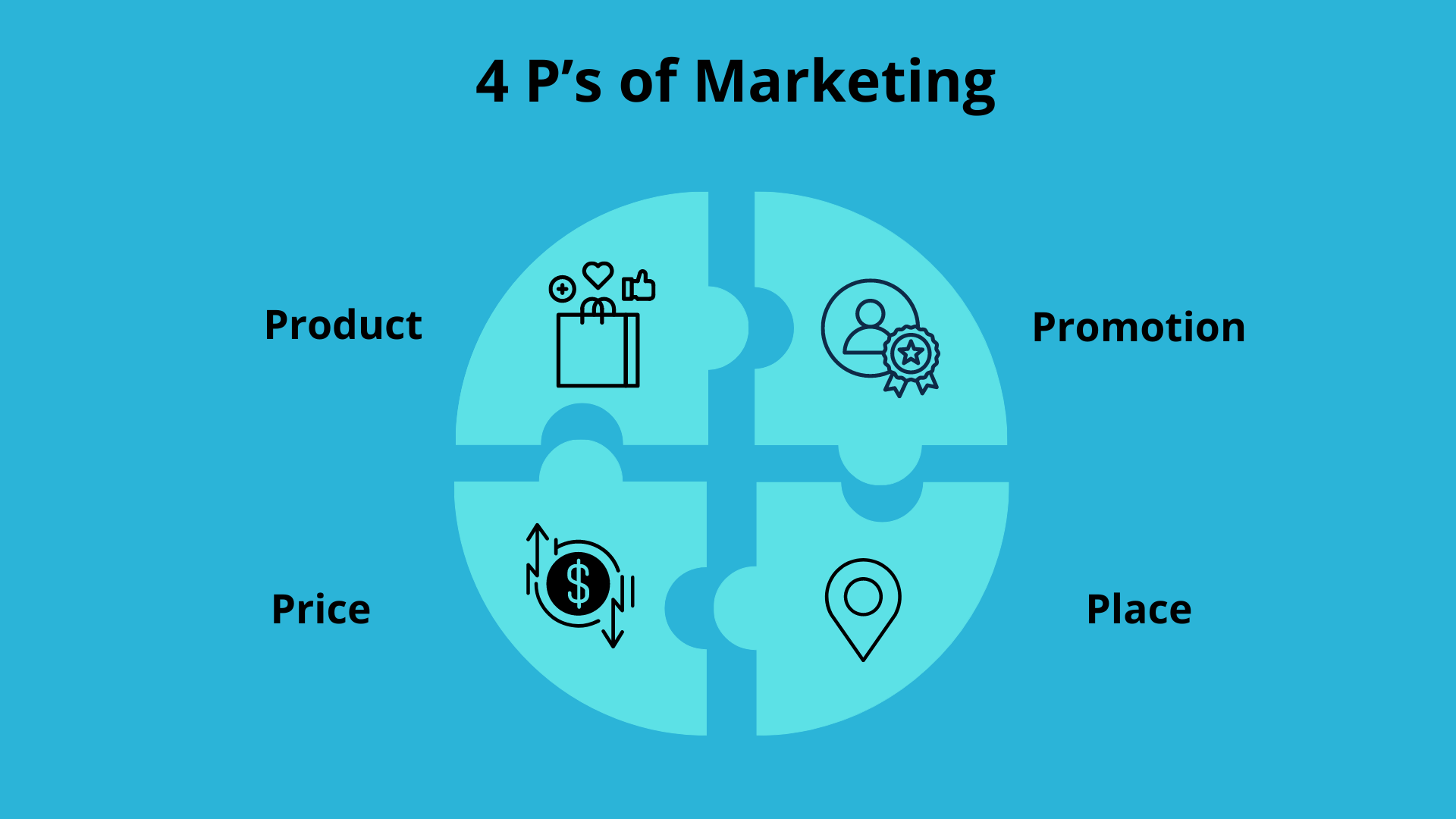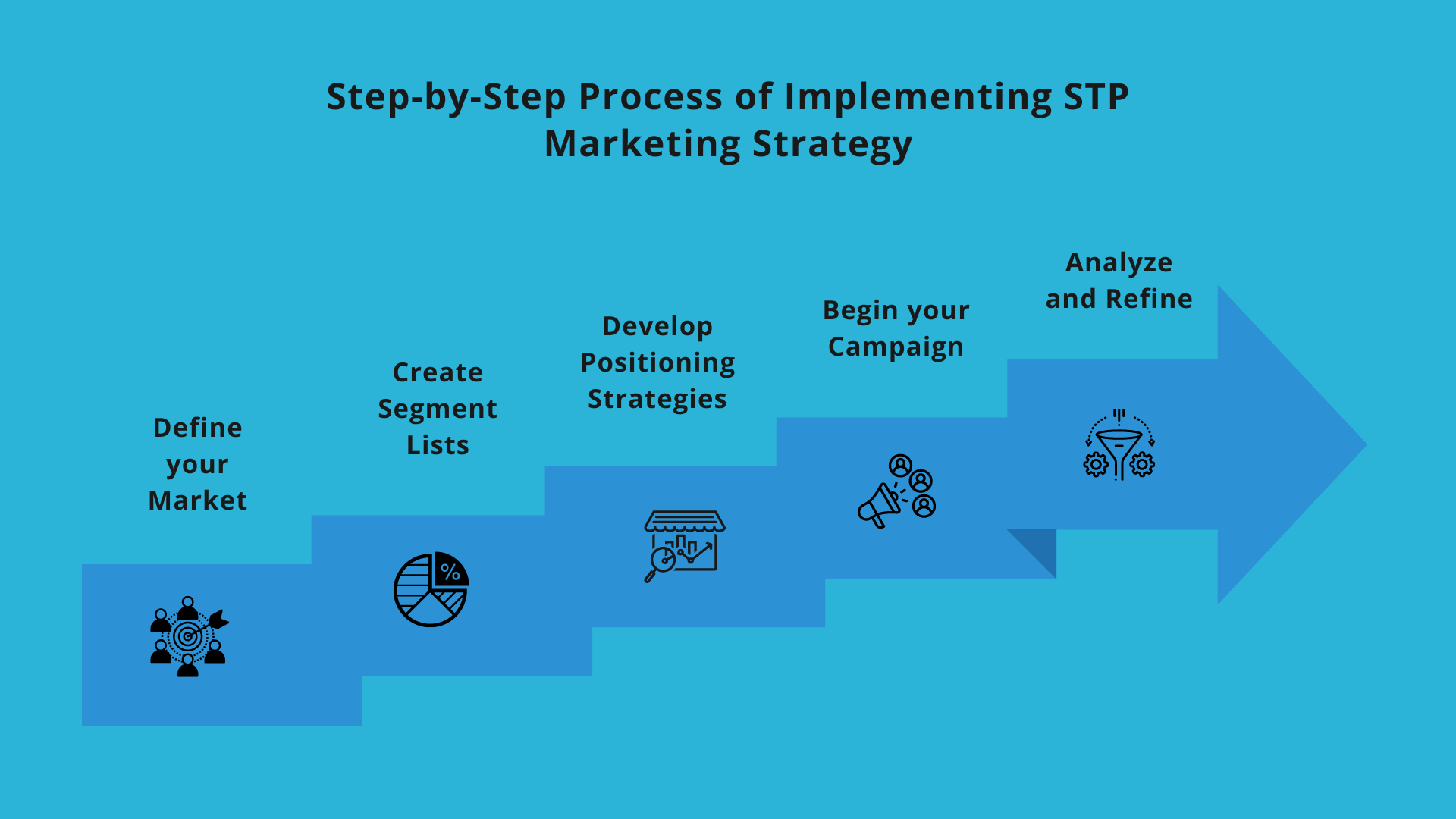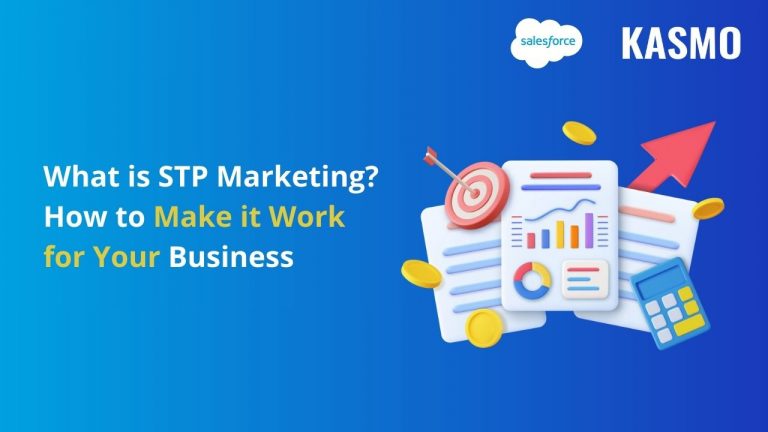STP Marketing Strategy: All You Need to Know
As the famous American Investor and philanthropist Warren Buffet once said, “Someone is sitting in the shade today because someone planted a tree a long time ago”, this rings true today in the business world. Organizations need to have a strategic plan in place to become successful and stay relevant in the market. The best place to start is by introducing the STP Marketing Strategy – Segmentation, Targeting, and Positioning.
Let’s take an example. A company wants to launch a new product for kids’ health drinks. But the market is flooded with several healthy drinks. To gain a competitive edge, this company must provide a unique offering which can allow them to stay relevant in the market and gain a larger base of audience.
Firstly, they need to segment their audience. Then, they need to understand the preferences of the kids and their parents to create a targeted marketing advertisement. With surveys and interviews, they can come up with a marketing strategy that will attract the children and their parents. By positioning the marketing campaign at the correct time and place, they can create a strong foothold in the market.
What is STP Marketing Model?
The full form of STP stands for Segmentation, Targeting, and Positioning. This is a marketing model that helps businesses understand who they are marketing their products to, and how. STP marketing segmentation allows organizations to enhance all forms of marketing communications by making them more focused, personalized, and relevant to their consumers.
Factors to Consider While Creating Marketing Segmentations
Before you implement the STP Marketing model, you need to know some factors that are crucial to creating segmentations in the market. These factors are:
Demographics
Your consumers need to be divided into categories such as age, gender, income, ethnicity, educational qualifications, income status, profession, etc. This will help tailor products and services before you pitch them to the target audience.
Psychographics
Psychographics allows you to understand the emotional needs, patterns, and behaviors of your consumers. It is a very important factor because it helps you understand how the emotions, hobbies, and risk aversion of your consumers dictate their spending patterns. By conducting interviews, surveys, and customer data, you can understand “why” your consumer will buy your products or services.
Lifestyle and Hobbies
Your customers’ hobbies, lifestyle, and entertainment choices will create a major impact on how they interact with your products or services.
Location
All businesses and organizations focus on geographical location, such as country, region, metropolitan or rural location, and even climate. This can be explained with the help of an example:
If a luxury retailer plans to reach beyond their location, they can offer international shipping. They can focus on metropolitan areas that have a high concentration of consumers who are willing to spend on luxury items.
Additionally, they need to look into the climatic factors that can affect the mood of their consumers. This will help them understand their spending habits. By considering these factors, the luxury retailer can expand their customer base.
Overview of STP Marketing Model
To understand the STP Marketing model, let’s create a breakdown of its different aspects:
Segmentation
This part of the STP Marketing Model helps organizations understand and identify their market. Organizations must understand their target audience segments to effectively create a brand voice that resonates with them.
Segmentation allows organizations to group their audience based on their demographics, income, needs, and desires to create personalized experiences. If you are looking to segment your market, consider these steps:
- Combine data from various sources to better understand your audience. Salesforce’s Customer Data Platform (CDP) helps you gather data from sales, service, and marketing, and mix it with AI and data from social media, websites, and forums.
- Create an email list with newsletter subscribers or the general audience to tailor content according to their preferences or upcoming trends. It’s important to nurture existing consumers, as they can help generate new leads for the business. Salesforce’s Email Studio can be used to create better email marketing campaigns, and enhance open rates and click-through rates.
Here is an example that will help understand segmentation better:
Let’s say there is a smartphone company that markets into two different groups. One group may consist of young users who are more tech-savvy, and the other segment may include users who are older and not comfortable with advanced technologies. The first segment of users may want to use smartphones for entertainment purposes, while the other group may use them only for business or everyday purposes.
This segmentation allows the company to understand both their audiences and create products tailored to each of these segments. They can produce a product that will enhance sales and marketing and create a more loyal customer base. This market segmentation will also help them create better marketing campaigns which will help them generate more leads for their business.
Targeting
The second important part of the STP Marketing model is – targeting. In this stage, organizations must select the most appropriate segments that can help them earn higher profits and return on investment. Let’s discuss some of the segments that you can target as a business owner:
- Size of market segments: Set up marketing campaigns based on the size of market segments. Assessing the potential of segments is crucial for better decision-making. Avoid segments that are too small or niche and might not generate value. Choose segments that are large enough to ensure sufficient conversions.
- Profitability: Understand which segments will generate more profit. This means that choose audience segments that are willing to spend money on your products or services. However, while focusing on generating high returns, ensure that the cost of acquiring consumers should be less.
- Difference between two market segments: Focus on selecting market segments that have considerable differences between them. This means, that if you don’t have any major difference in consumers between the two segments then you may end up duplicating your efforts.
- Service capability: Consider your organization’s capacity to serve the chosen market effectively. This includes evaluating any potential legal, technological, or societal constraints. Perform a PESTLE analysis to gauge the external factors that could influence each segment’s viability.
- Accessibility: The identified market segments must be within reach of sales and marketing efforts. It should be free from any technical or legal barriers that could hinder your team’s ability to engage effectively.
Here is an example:
Company A focuses on selling eco-friendly and sustainable personal hygiene products to their customers. With the help of market segmentation, they have successfully identified several potential customers who are focused on sustainability, devoted to using eco-friendly products, and health enthusiasts. When they segmented their consumers, they also found most of their audience was young professionals.
They decided to focus some products mainly on young professionals. This decision was made because young professionals are willing to spend on eco-friendly products and share them with like-minded people. They created a marketing campaign highlighting organic ingredients, zero-waste packaging, and ethical sourcing and manufacturing processes.
This campaign aligned with the business objectives and the young consumers’ interests. The company also ran social media ads and campaigns to reach out to more such consumers. They also devised a strategy which involved influencer marketing, collaborations with content creators and partnerships with small businesses.
Positioning

This stage of the STP Marketing model designates how to position products or services to the consumers. By utilizing the data from segmentation and targeting it is easy to create a strategy that will bring customers to buy the products.
To help consumers understand products, businesses need to address the challenges that they currently face and then showcase how your product can solve their problems. There must be clarity in the unique selling proposition so that the audience can understand the difference between their product and other products on the market. If businesses utilize the 4P’s of marketing, they will understand how each segment may interact and create value for your products and services.
How to Implement STP Marketing Model? A Step-by-Step Process

Benefits of STP Marketing Strategy
Here are some benefits of the STP Marketing Strategy:
- Personalized Marketing: It becomes easy for organizations to create personalized marketing campaigns.
- Streamlined Marketing Mix: Companies can focus on communication channels and optimize their marketing mix.
- Enhanced market research and product innovation: Helps businesses understand customers’ needs for products and services which leads to innovative product creation.
- Reduced marketing costs: Businesses can reduce their marketing costs by eliminating ineffective business strategies.
- Increased data-driven decision-making: Companies can make decisions solely based on data which helps them develop better strategies regarding their products.
How Kasmo Can Help
With STP Marketing Strategy, businesses can segment their market according to their target audience, create marketing campaigns which are tailored to that market segment and then position these campaigns at the correct time and the correct way to their consumers. At Kasmo, our experts work closely with clients to understand their business goals and help tailor customer-centric business strategies.


